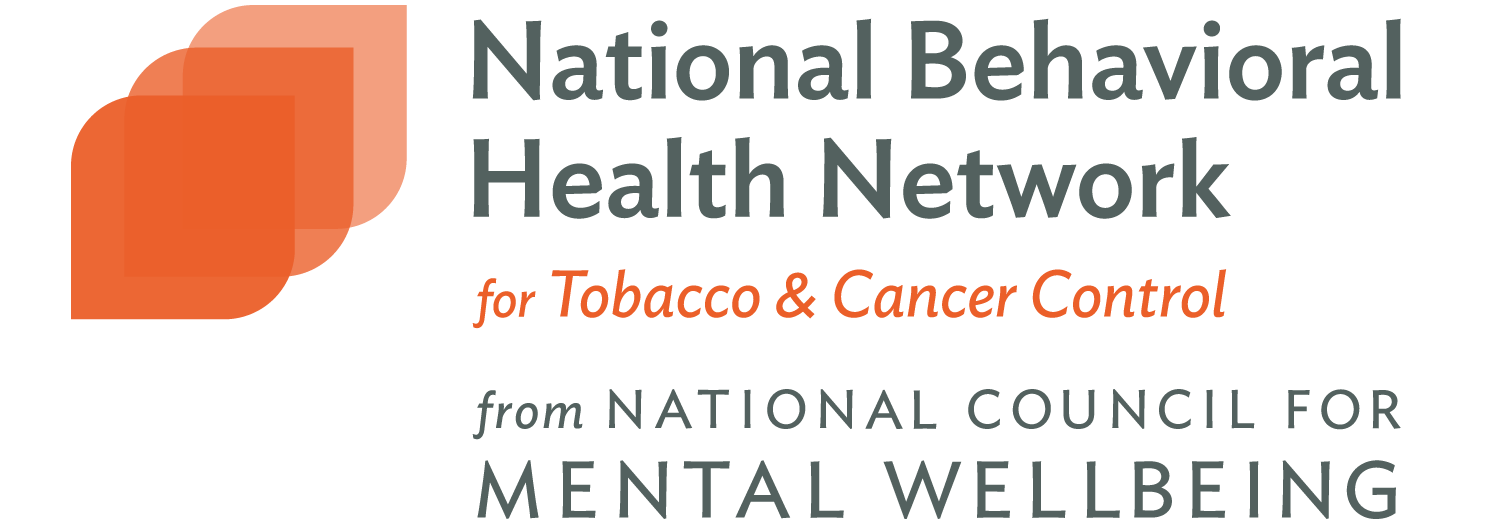E-Cigarettes & Behavioral Health
The topic of electronic cigarettes, commonly known as E-cigarettes or vaping, has been a topic of conflicting research. A study in 2014 showed that individuals with mental illnesses were more likely to have tried e-cigarettes and to be current users of e-cigarettes compared to the general public. Another study found that e-cigarette use is particularly high in young adults with moderate mental health conditions who may not use conventional cigarettes- it is particularly high in teenagers with major depression, panic disorders, and anhedonia. Although some research has shown that e-cigarettes can be an effective tool for smoking reduction and cessation among individuals with mental health conditions, there is research that demonstrates that e-cigarettes have negative health effects and can be a gateway to other tobacco products. We commend the Surgeon General for providing the first ever comprehensive look at electronic cigarette use among youth and young adults. As health care providers, what are your thoughts on e-cigarettes among the behavioral health population?
E-Cigarette Use Among Youth & Young Adults: A Report of the Surgeon General
The report from the U.S. Surgeon General raises public health concerns about e-cigarette use among U.S. youth and young adults. The report comes amid alarming rates of youth and young adult use of e-cigarettes; in 2015, about 1 in 6 high school students used an e-cigarette in the past month. The report finds that, while nicotine is a highly addictive drug at any age, youth and young adults are uniquely vulnerable to the long-term consequences of exposing the brain to nicotine, and concludes that youth use of nicotine in any form is unsafe. The report also finds that secondhand aerosol that is exhaled into the air by e-cigarette users can expose others to potentially harmful chemicals.
The report, which was written and reviewed by more than 150 experts, is the first comprehensive federal review of the public health impact of e-cigarettes on U.S. youth and young adults. In addition to documenting the evidence on the health risks of e-cigarettes among young people, the report describes industry influences on e-cigarette use and outlines potential actions to prevent youth and young adults from the harms of e-cigarette use.
“All Americans need to know that e-cigarettes are dangerous to youth and young adults… Any tobacco use, including e-cigarettes, is a health threat, particularly to young people.” – U.S. Surgeon General Dr. Vivek H. Murthy
Call to Action
In light of the fact that about 1 in 6 high school students used an e-cigarette in the past 30 days in 2015, the report issues a Call to Action to prevent e-cigarette use and related harms among America’s young people.
Those recommended actions include:
- continuing to regulate e-cigarettes at the Federal level to protect public health,
- raising and strongly enforcing minimum age-of-sale laws for all tobacco products, including e-cigarettes,
- incorporating e-cigarettes into smoke-free policies,
- regulating e-cigarette marketing,
- sponsoring high-impact media campaigns to educate the public on the harms of e-cigarettes among young people, and
- expanding research efforts related to e-cigarettes.
Major Conclusions from the Report
- E-cigarettes are a rapidly emerging and diversified class of products typically delivering nicotine, flavorings, and other additives to users via inhaled aerosol.
- E-cigarette use among youth and young adults has become a public health concern.
- E-cigarettes are now the most commonly used tobacco product among youth. E-cigarette use is strongly associated with the use of other tobacco products among youth and young adults, including combustible tobacco products such as cigarettes.
- The use of products containing nicotine poses dangers to youth, pregnant women and fetuses. The use of products containing nicotine in any form among youth, including e-cigarettes, is unsafe.
- E-cigarette aerosol is not harmless. It can contain harmful and potentially harmful ingredients, including nicotine.
- E-cigarettes are marketed by promoting flavors and using a wide variety of media channels and approaches that have been used in the past for marketing conventional tobacco products to youth and young adults.
- Action can be taken at the national, state and local levels to reduce youth and young adult use of e-cigarettes.
“We need parents, teachers, health care providers, and other influencers to help make it clear that e-cigarettes contain harmful chemicals and are not okay for kids to use…Today’s report gives them the facts about how these products can be harmful to young people’s health.” U.S. Surgeon General Dr. Vivek H. Murthy
A new interactive website containing key information from the report, written especially for parents and adult influencers of youth, is available at E-cigarettes.SurgeonGeneral.gov.
###
Like the Surgeon General on Facebook, follow the Surgeon General on Twitter @Surgeon_General, and sign up for HHS Email Updates



